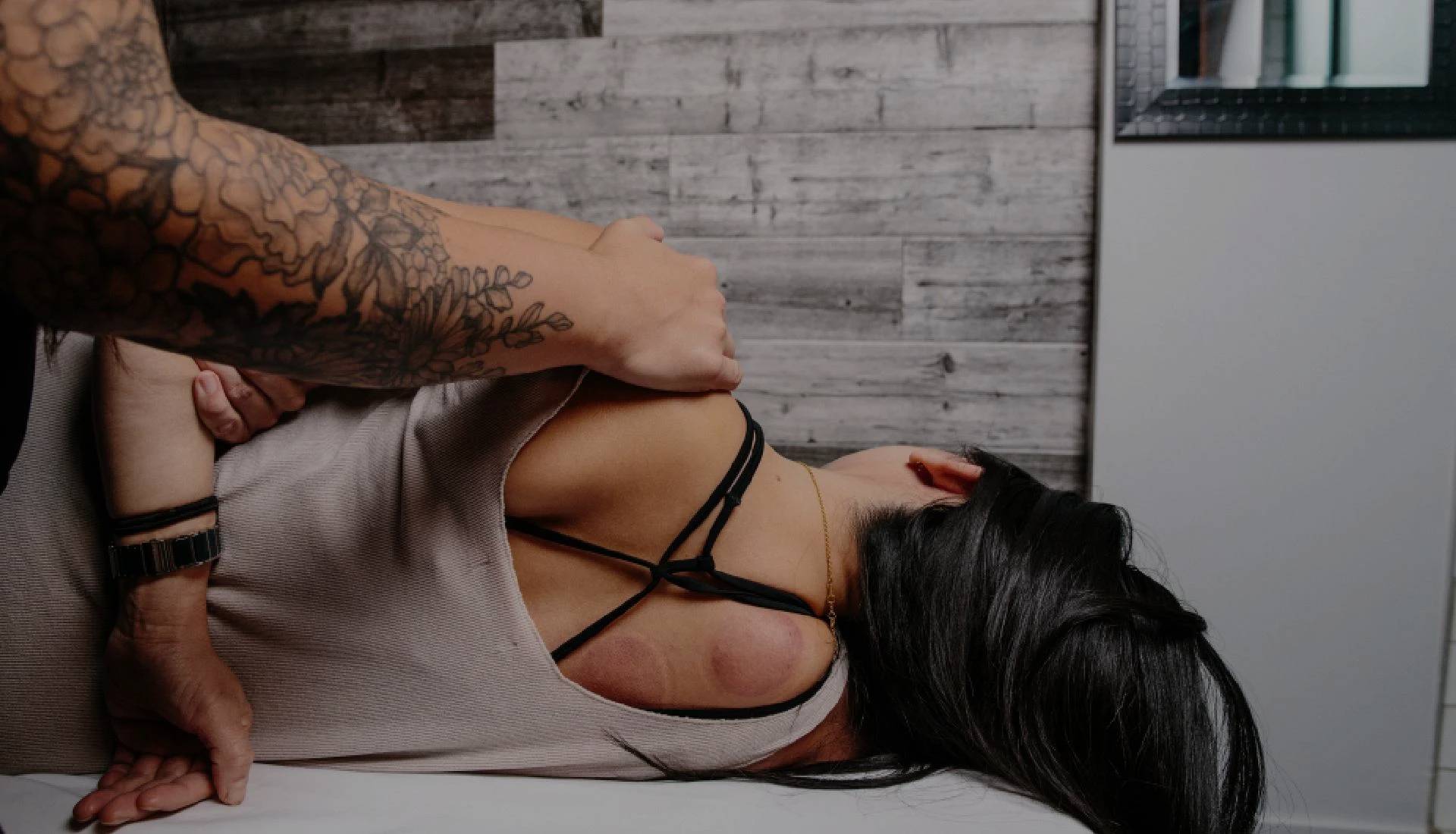Visceral manipulation is used to treat organs and viscera of the body, including the lungs, heart, liver, spleen, kidneys, stomach, pancreas, intestines, bladder and uterus. Patients may feel pain in one or more of these organs, or the viscera may be less pliable than it should be. Manual osteopaths gently move the structures themselves and the fascia (connective tissue) that surrounds them to restore full movement. Most patients treated with visceral manipulation feel only gentle pressure of the manual osteopath’s hand, but the corrections are powerful enough to improve the mobility of an organ, improve blood flow, and help the organ function more effectively. The above (and many other) osteopathic manual techniques and approaches are used in a coordinated and rational fashion to slowly adjust the patient’s anatomy and physiology towards normal, so that the patient’s body can heal itself.

